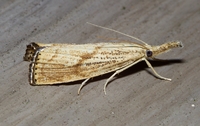
| Recorded by: Marilyn Westphal on 2025-10-01
Henderson Co.
Comment: | 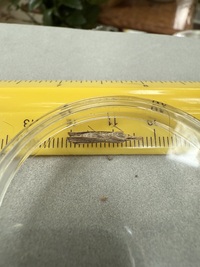
| Recorded by: Marilyn Westphal on 2025-10-01
Henderson Co.
Comment: |

| Recorded by: Marilyn Westphal on 2025-10-01
Henderson Co.
Comment: | 
| Recorded by: Jim Petranka on 2025-09-28
Madison Co.
Comment: |
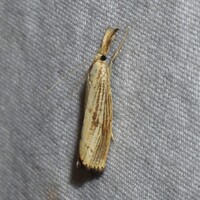
| Recorded by: David George, Jeff Niznik on 2024-09-21
Chatham Co.
Comment: | 
| Recorded by: Jim Petranka on 2024-09-17
Madison Co.
Comment: |
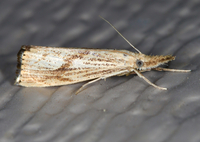
| Recorded by: Jim Petranka on 2024-09-13
Madison Co.
Comment: | 
| Recorded by: Jim Petranka and Becky Elkin on 2024-08-27
Madison Co.
Comment: |

| Recorded by: Owen McConnell on 2024-08-19
Graham Co.
Comment: | 
| Recorded by: Jeff Niznik on 2023-10-13
Durham Co.
Comment: |
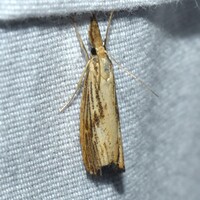
| Recorded by: David George, Stephen Dunn, Jeff Niznik on 2023-10-06
Orange Co.
Comment: | 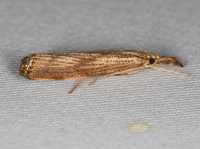
| Recorded by: Jim Petranka on 2023-09-30
Madison Co.
Comment: |

| Recorded by: Jeff Niznik on 2023-09-29
Harnett Co.
Comment: | 
| Recorded by: David George, Richard Teper on 2023-09-25
Caswell Co.
Comment: |

| Recorded by: Jim Petranka and Becky Elkin on 2023-09-25
Madison Co.
Comment: | 
| Recorded by: Jim Petranka on 2023-09-24
Madison Co.
Comment: |

| Recorded by: David George, Jeff Niznik on 2023-09-20
Durham Co.
Comment: | 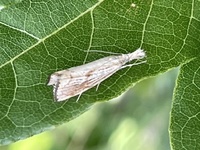
| Recorded by: Morgan Freese on 2023-09-18
Buncombe Co.
Comment: |
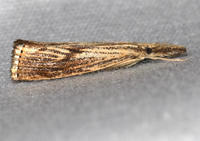
| Recorded by: Jim Petranka, Bo Sullivan and Becky Elkin on 2023-09-15
Macon Co.
Comment: | 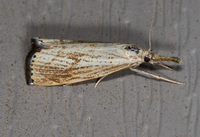
| Recorded by: Jim Petranka, Bo Sullivan and Becky Elkin on 2023-09-14
Macon Co.
Comment: |
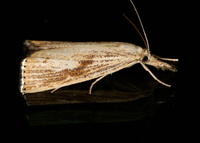
| Recorded by: Jim Petranka on 2023-09-11
Madison Co.
Comment: | 
| Recorded by: Owen McConnell on 2022-09-08
Graham Co.
Comment: |
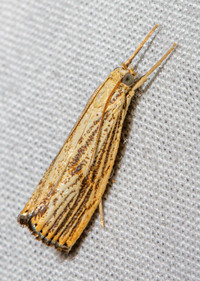
| Recorded by: Stephen Hall, Ed Corey, Jim Petranka, Becky Elkin, Tom Howard, Carol Tingley, Brian Bockhahn, and Van Cotter on 2021-09-30
Durham Co.
Comment: | 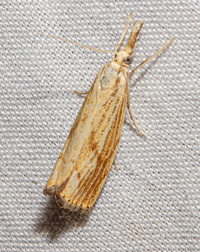
| Recorded by: Stephen Hall on 2021-09-14
Ashe Co.
Comment: |

| Recorded by: Jim Petranka on 2021-09-13
Madison Co.
Comment: | 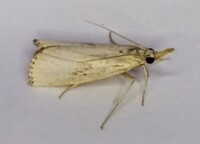
| Recorded by: Gary Maness on 2020-10-08
Guilford Co.
Comment: |
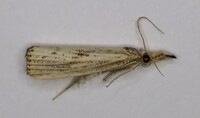
| Recorded by: Gary Maness on 2020-10-08
Guilford Co.
Comment: | 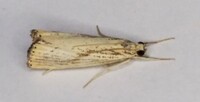
| Recorded by: Gary Maness on 2020-10-08
Guilford Co.
Comment: |

| Recorded by: Jim Petranka and Becky Elkin on 2020-09-26
Madison Co.
Comment: | 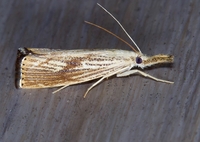
| Recorded by: Jim Petranka and Becky Elkin on 2020-09-13
Madison Co.
Comment: |
|

 »
»
